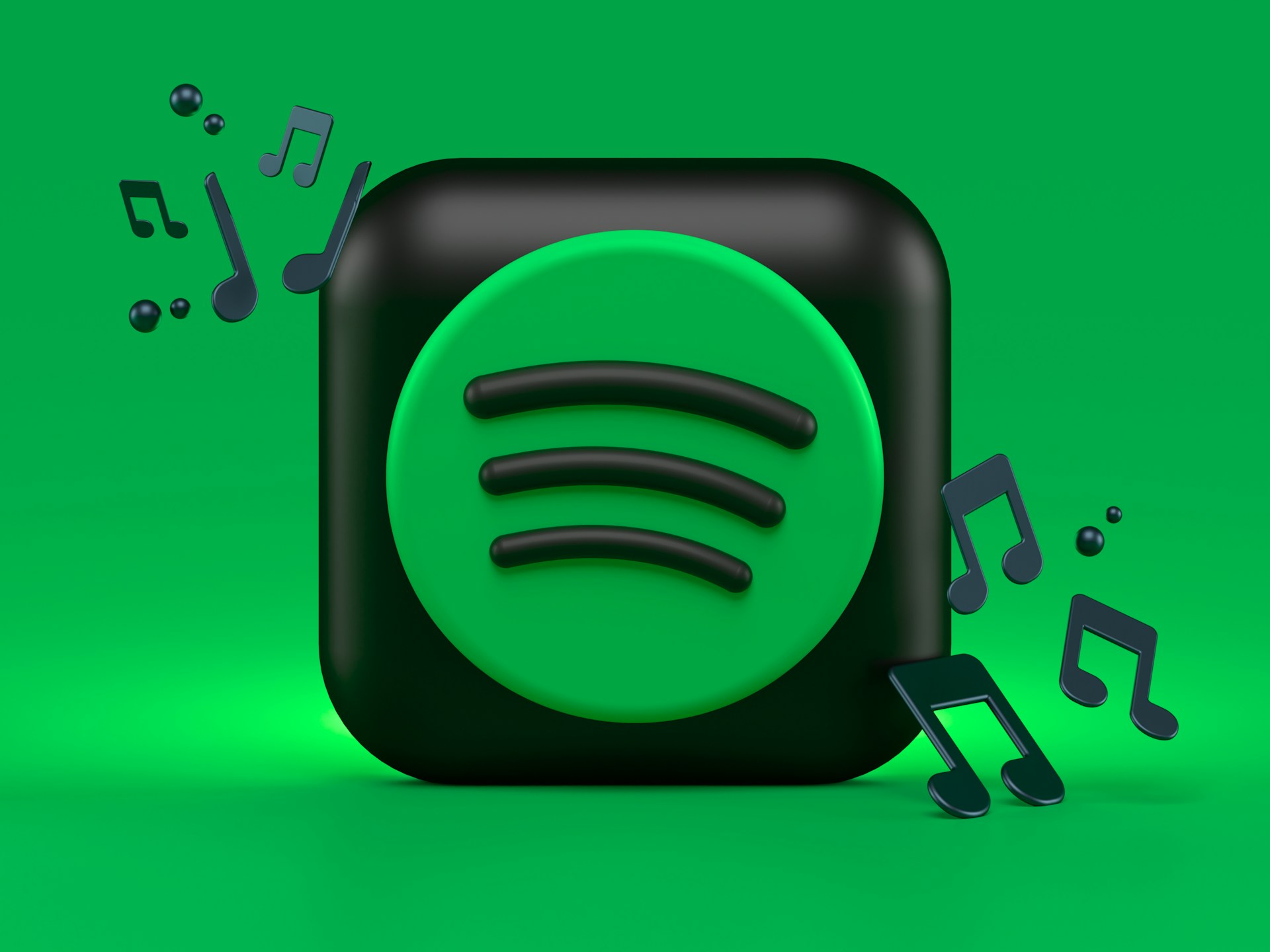
Over the last decade, data configuration and data analysis tools have just got better and better. Especially in the entertainment industry, big data is continually being used to better the user experience, determining exactly what they like and why they like it.
Whether it’s online gaming platforms discovering the top games amongst a certain demographic, or a music listening service determining a country-wide top genre – data harnessing has allowed companies to understand their users better than ever before.
Spotify Wrapped
You were probably reminded of this not even a month ago when Spotify relaunched its annual ‘Wrapped’ event. This is a yearly event that allows users to see exactly what they have been listening to that year, with notes on their favourite songs, artists, genres, and moods.
For Spotify users, it’s great fun to get a precise rundown of the year, especially when it’s contrasted with the listening habits of others around the world. For instance, Spotify’s ‘Top 1% of fans’ feature can demonstrate not only how much you listened to music legend David Bowie, but where that puts you in conjunction with his other fans – if you’re in the top 0.001%, you are officially obsessed!
The existence of big data makes this possible, but there aren’t many who know just how this data is harnessed and analysed. Is it something we should be concerned about, or is it just harmless fun?
The Tools Behind Spotify Wrapped
Some of the most impressive tools that Spotify uses for Spotify Wrapped are the convolutional neural networks, otherwise known as ‘CNN’. With CNN, Spotify can analyse raw audio data – including a song’s BPM, musical key, and volume – to classify songs based on their music type, and then optimise them in a recommendation engine.
This starts with input data – which amounts to the billions of playlists that users have created – being passed through a machine learning algorithm. After the algorithm has carefully analysed the data, Spotify can find at least 30 songs based on your interests, and subsequently build your ‘taste profile’. This is important because the majority of songs that appear in your end-of-year ‘Wrapped’ would probably not even be there if it wasn’t for Spotify’s recommendation system.
Once the songs are recommended, Spotify analyses your listening habits and tracks which artists you are listening to the most, and the artists you are listening to the least. It then carries out ‘content-based filtering’, where metadata and raw audio are analysed to learn about the characteristics of the song, and what mood you have to be in to listen to it.
Toward the end of the year, Spotify will be left with what seems to be randomised user data, but with some clever marketing, they organise that data and then present it in immediately shareable ‘social cards’, labelling listeners in categories like ‘genre-bender’ and ‘trend-setter’.
The Question of Privacy
This does beg the question of whether Spotify is learning too much about its users. This has been put to the company before, specifically after they submitted a patent for ‘speech recognition audio signals’, that would analyse users’ speech and background noise to assess their age, accent, gender, and mood.
After a hefty backlash from data privacy experts, Spotify reassured listeners that it had never implemented the technology and did not have any plans to do so. As for the data tracking and analysis, it is possible for users to disable Spotify’s tracking abilities, either through the ‘Settings’ page or by utilising ‘Private Sessions’, which halts tracking and doesn’t influence your recommendations.
It’s clear that Spotify harnesses a large amount of data for their ‘Wrapped’ series, but for those who are uncomfortable with this data belonging to someone else, the options to reclaim your listening privacy are there.




